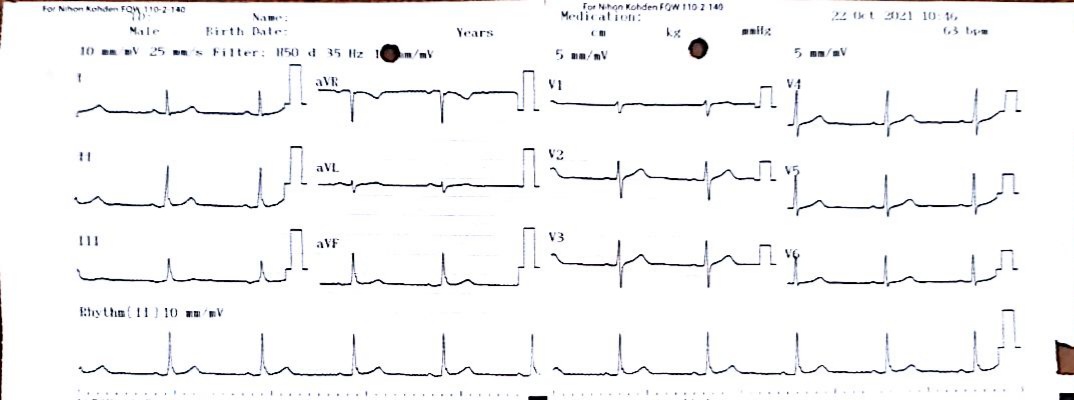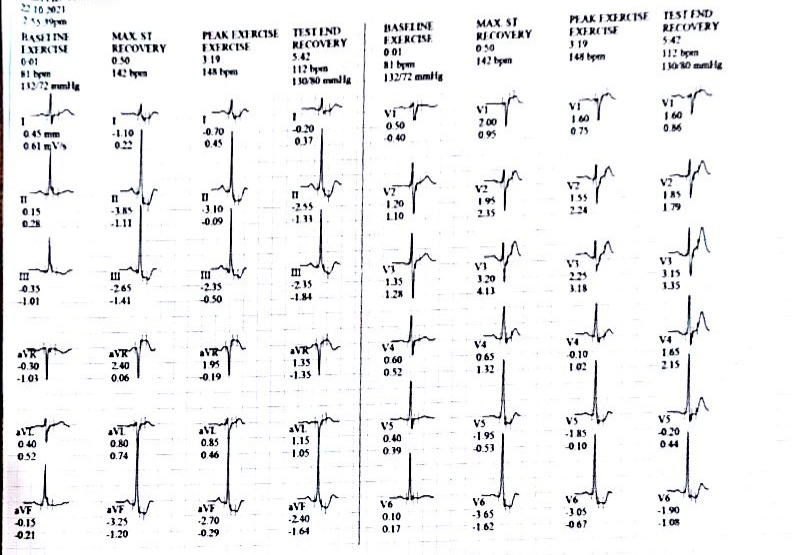Lots of interesting abstracts and cases were submitted for TCTAP 2022. Below are the accepted ones after a thorough review by our official reviewers. Don’t miss the opportunity to expand your knowledge and interact with authors as well as virtual participants by sharing your opinion in the comment section!
TCTAP C-089
When a Patient Refuses CABG by Threatening to Commit Suicide
By Sonia Chandra, Antonia Anna Lukito, Riyandi Ardi Putra Fernandes, Hardi Hutabarat, Nicolaus Novian Dwiya Wahjoepramono
Presenter
Sonia Chandra
Authors
Sonia Chandra1, Antonia Anna Lukito1, Riyandi Ardi Putra Fernandes1, Hardi Hutabarat1, Nicolaus Novian Dwiya Wahjoepramono1
Affiliation
Siloam Hospitals Lippo Village, Indonesia1,
View Study Report
TCTAP C-089
CORONARY - Complex and Higher Risk Procedures for Indicated Patients (CHIP)
When a Patient Refuses CABG by Threatening to Commit Suicide
Sonia Chandra1, Antonia Anna Lukito1, Riyandi Ardi Putra Fernandes1, Hardi Hutabarat1, Nicolaus Novian Dwiya Wahjoepramono1
Siloam Hospitals Lippo Village, Indonesia1,
Clinical Information
Patient initials or Identifier Number
Mr. LSI
Relevant Clinical History and Physical Exam
A 54-year-old male presented with DOE and angina for 2 months. CVRFs are smoking and dyslipidemia. No family history detected. The patient already given subscription from another hospital, but did not relieve the symptoms.
Relevant Test Results Prior to Catheterization
ECG showed normal sinus rhythm and left ventricle hypertrophy, no ST-T segment changes. The CCTA showed three vessels disease with calcium score 443 and positive stress test. Echocardiography revealed LVH, no RWMA, with LVEF 72%.

 New Doc 16_2.jpg
New Doc 16_2.jpg

 New Doc 16_3.jpg
New Doc 16_3.jpg


Relevant Catheterization Findings
Coronary angiography revealed right dominant system, 95% lesion at proximal RCA, and 70-80% lesion at mid RCA; normal left main coronary; 60% lesion at distal LCX and 95% proximal OM1; 97% lesion at ostial-proximal LAD, and 70% proximal-mid LAD. Syntax score 38.
 20211125_152332_1.mp4
20211125_152332_1.mp4
 20211125_152452_1.mp4
20211125_152452_1.mp4
 20211125_152547_1.mp4
20211125_152547_1.mp4
Interventional Management
Procedural Step
Heart team recommendation was CABG surgery, and all preparation was done accordingly then. But the day before the surgery planned date, the patient was suddenly refuse to have surgery and asked for PCI instead and threatening to commit suicide.
BMW guidewire was inserted through JR 3.5-6F guiding catheter into RCA, predilation was done with Across HP balloon 2.0-15 mm at proximal to mid RCA, and proceed with implantation of DES Orsiro 3.5-35 mm at 14 atm, followed by postdilation with NC sprinter balloon 3.5-9 mm at 18 atm with good result.
 20211125_150743_1.mp4
20211125_150743_1.mp4
 20211125_152035_1.mp4
20211125_152035_1.mp4
 20211125_152108_1.mp4
20211125_152108_1.mp4
BMW guidewire was inserted through JR 3.5-6F guiding catheter into RCA, predilation was done with Across HP balloon 2.0-15 mm at proximal to mid RCA, and proceed with implantation of DES Orsiro 3.5-35 mm at 14 atm, followed by postdilation with NC sprinter balloon 3.5-9 mm at 18 atm with good result.
Case Summary
SYNTAXES trials provide useful information on outcomes after revascularization in complex CAD. CABG provided better (more complete) revascularization and better long-term survival compared with PCI. The benefit of CABG appears to be observed in those with diabetes mellitus and more anatomically complex. Many patients prefer a less invasive procedure like PCI over a more invasive one like CABG. Use of comparative risk score informs the Heart team decisions, and availability of contemporary guideline-directed PCI techniques will facilitate better outcomes. However, patients should be involved in decision making of CABG or PCI.


